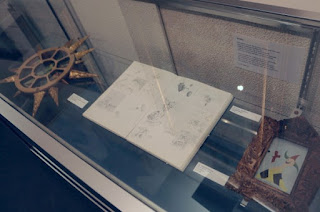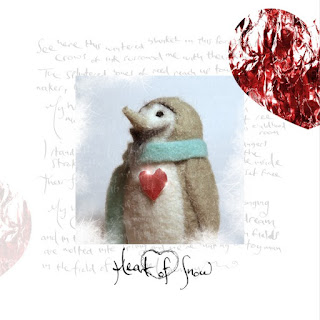Spent yesterday buying the wood and making a stand for my new MODX7 synth, and getting to grips with learning it. It sounds amazing, has many plug points but the over-engineering of it and sheer inefficiency of the user interface is really annoying me. How I would love to design a new synthesizer. It seems that Yamaha have always had a problem with poor user interface design and unnecessary complexity to how things are displayed and work. Just because something is capable of a million things, it doesn't help to have all million things visible at once.
Firstly, some pictures of my the furniture I made yesterday:
The MODX (and I guess their current flagship Montage) divides sounds into Performances, Parts (which used to be called Voices on my SY-85) and Elements, which are bits of parts. This works quite well, the Elements can be layered, but are often mutually exclusive, they might stretch for a certain key range or velocity, so that gentle piano samples play when playing gentle, with different timbres of sound when playing loudly.
This system is an evolution from my 25 year-old keyboard. I stress this because having these three tiers to make one sounds isn't something that makes sense if designing from the start because it's over complicated. By comparison, Prometheus uses a box that makes or changes a sound and these form a simply chain of ones design. It's very powerful and instantly visible what's going on.
Each Part is a voice in itself, but these are commonly layered again to provide more power - it's not clear why they haven't merged Elements and Parts. Parts can have separate audio effects applied, and there are 8 Elements and 16 Parts, so, if E is an element, P a part and X and audio effect, a performance works like this:
(EEEEEEEE)=P+X+(EEEEEEEE)=P+X+(EEEEEEEE)=P+X+(EEEEEEEE)=P+X+(EEEEEEEE)=P+X+(EEEEEEEE)=P+X+(EEEEEEEE)=P+X+(EEEEEEEE)=P+X+(EEEEEEEE)=P+X+(EEEEEEEE)=P+X+(EEEEEEEE)=P+X+(EEEEEEEE)=P+X+(EEEEEEEE)=P+X+(EEEEEEEE)=P+X+(EEEEEEEE)=P+X+(EEEEEEEE)=P+X+X = Final Performance Sound
All of the Es and Ps are optional, so the above example shows the maximum. Note though that every Element has a separate Amplitude Envelope (and amplitude response), and a separate Filter Envelope/response, so you can imagine the sheer amount of typing to make just one sound...
Those Part effects are useful sometimes, mainly when warping or shaping a sound. Things like reverb tend to only be useful at the end, but it wouldn't be a disaster to have just one per Performance. Sometimes simple is better. The FM effects, for all of the 'operators', sound the same as on my Reface DX while being a lot more time consuming to program. I'd prefer 4 operators.
There is 128 note polyphony, but that's only 128 Elements. If all of my example sound was played (and was layered) that's just two notes. Often though, Elements are mutually exclusive, and sounds don't have many Parts, very rarely over 8.
The whole thing feels like it evolved like a bizarre animal rather than having an intelligent force designing it. It has a pitch bend wheel, a wheel which rolls vertically with resistance and automatically centres. A modulation wheel, which is floppy and can rest in any orientation. These have been around for 50 years and haven't changed. There is a 'super knob' which can rotate forever rather than reaching an end (physically that is, it does reach a data-end, the advantage here is that sounds can start at a particular setting). There is a bank of four other knobs which can also be used to modulate things, and four vertical sliders which are also optional modulators. Are so many different options for real-time modulation useful? How many arms does a Yamaha keyboard designer have?
Each controller has some pros and cons. I would like a some joysticks for horizontal and vertical motion in one go, some auto-centering for pitch bends would be useful. An ever-rolling trackball can replace the super knob and have an extra dimension. No matter what, for each sound only two modulators are likely to be used because we only have two hands.
Secondly, most synths have evolved to have the wheels on the far left. Piano players are two handed so I think all synths should be symmetrical, and have duplicate controllers on the right.
My first test bed for a synth design would have two joysticks on the left; one with auto-centering, one floppy, and a trackball, and these duplicated on the right, so six controllers, plus a third ribbon controller over the keys, like a Trautonium wire. I can imagine a motion sensor, perhaps camera based or using Nintendo Wii technology, so that hand movements in the air would change things, but this might be too haphazard compared to a joystick. Of course, the keys themselves are the ultimate controls and need to feel right and have many untried options for more expression.
How I wish I could design a synthesizer!
I'm spending this week learning more about the MODX, but I could spend a lifetime. I must try to, remember to, be constructive in other areas.



































